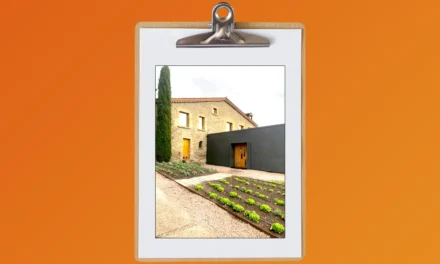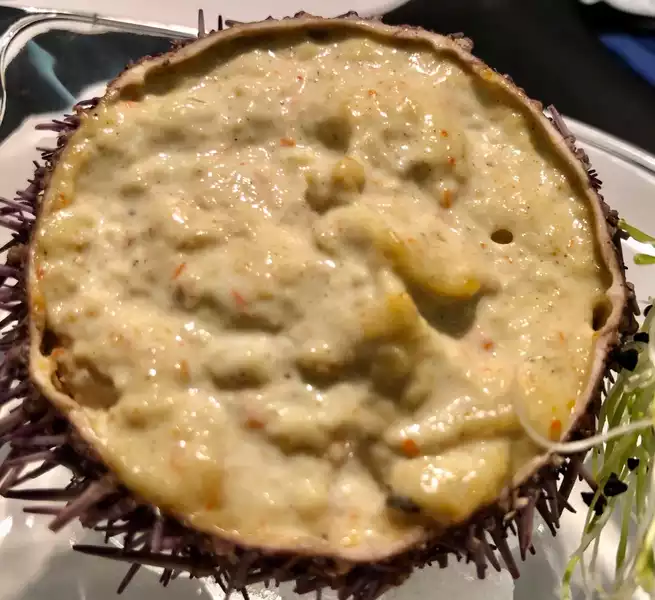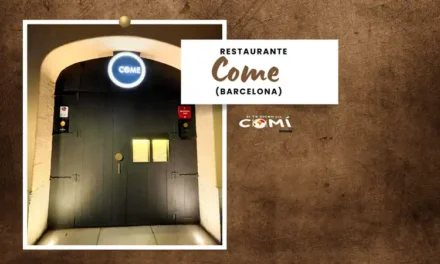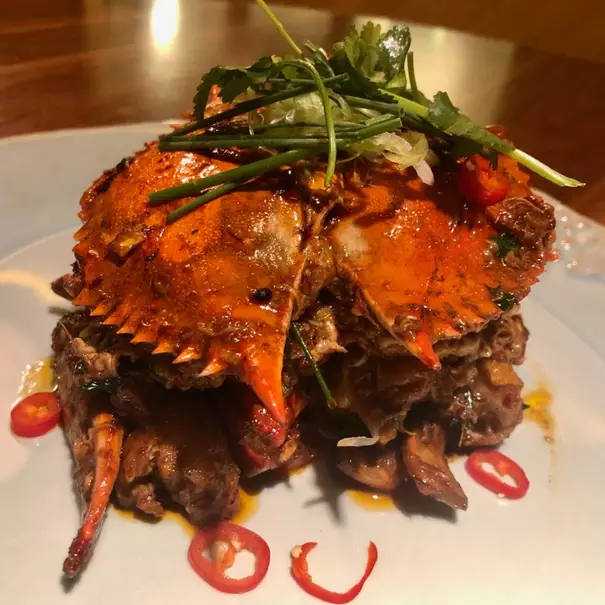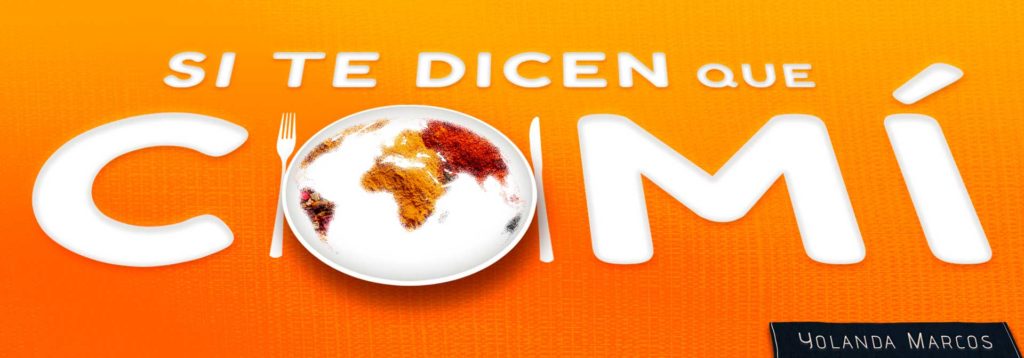Sus menús de cada año se centran en un siglo de historia de Al-Andalus. 2 Estrellas Michelin y 3 Soles Repsol.
El calor y la luz de Córdoba inundan un mediodía de junio. Es nuestra primera vez en Noor. Nos inunda esa maravillosa sensación que los amantes de la gastronomía desarrollamos como si de un enamoramiento juvenil se tratara. Mariposas en el estómago, horas de ayuno, expectación…. Cruzar la puerta de @noorrestaurant es adentrarse ya en otra cultura, en otro clima, en otro siglo…. Una recepción con aroma a azahar y sonido de agua. Lavarse las manos. Cruzar las cortinas negras. Un primer paso necesario y obligado para sumergirnos en el universo Al Andalus que @pacomoraleschef ofrece en esta ya séptima temporada, centrada en la Edad de la Luz (siglo XVI).
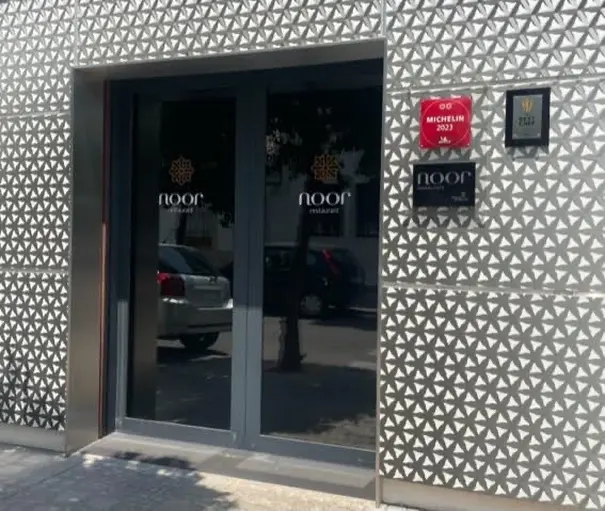
El lugar rebosa paz y luz (de ahí su nombre, Noor). El servicio adecuadamente vestido y el blanco y negro geométrico y ordenadamente caótico inundando una sala dónde todo lleva sello de historia culinaria. Jarras de cobre, sellas islámicas y 7 años que han reflejado una tradición gastronómica revisitada por Morales y orquestada por @paola.gualandi_ jefa de cocina.

Se inicia el desfile metódicamente estudiado y acompasado del menú. Calabaza y vaniilla, labne de oveja y pimiento verde con quisquilla lo abren en pequeños bocados. Sigue la gamba roja con almendra tierna (maravillosa delicadeza de plato), el tartar de vaca vieja o los tomates aliñados con gelé de mandarina. Parada obligada en el karim de pistacho con caviar, manzana verde y pan negro. Impresionante la controlada explosión de melosidad y certeza en el conjunto.
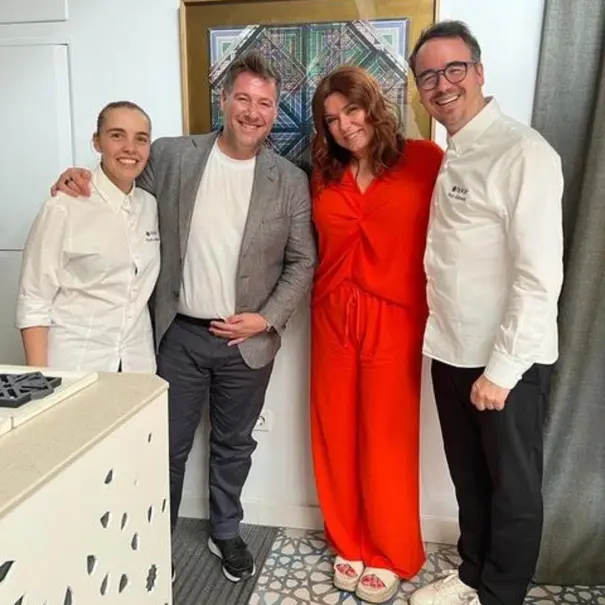
Ya aterrizó el karim verde en el pasado año en las cocinas de Noor. Este siglo XVI permite recuperarlo y afianza nuevos hitos culturo-gastronómicos como la primera vuelta al mundo con Magallanes y Elkano y el florecimiento de una Europa que salía del obscurantismo de la Edad Media para adentrarse en años de nuevos conocimientos y fusión. Sigue el menú con la pasta de trigo duro con anguila, limón y trufa y el magnífico rodaballo a la moruna, un rebozado espectacularmente especiado con reminiscencias marroquíes y aromatizado por el escabeche de rosas.
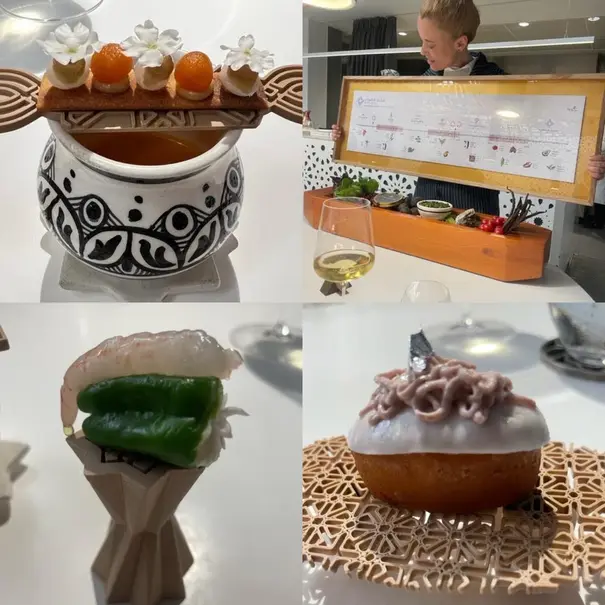
Termina el periplo una espléndida lubina salvaje con cerezas y un pichón asado con corteza de algarroba, salvia y trufa que nos encanta. Un maravilloso final salado que abre la parte dulce, absolutamente lograda en frescor, puntos cítricos y muy controlado de dulce. El limón ceutí con bizcocho de hierbabuena, el dátil con agua de azahar y jazmín (mi favorito) o el bizcocho de hutlacoche (hongo mejicano) con maíz y mole.
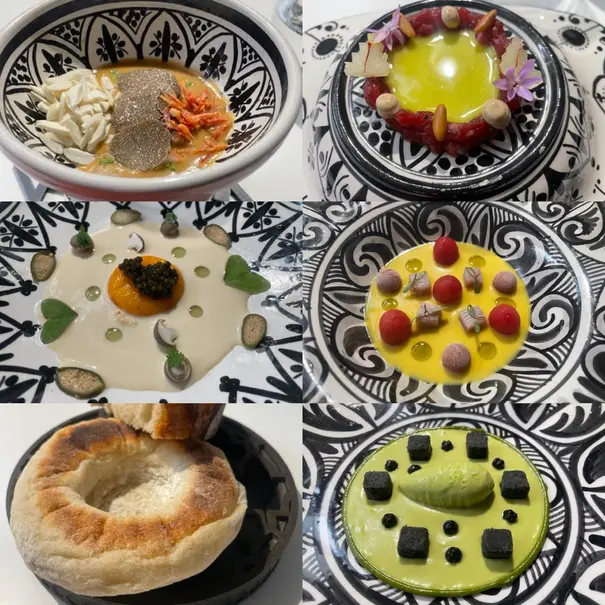
El espectáculo remata como debe ser. Con una pequeña carpeta dónde encontrar el menú del día, algunos recuerdos en forma de postal y fotografías y los créditos de todos los participantes del baile del día. Tanto en sala como en cocina. Hasta el último de los integrantes de un staff que tanto ayudan a convertir el viaje en un recuerdo único.
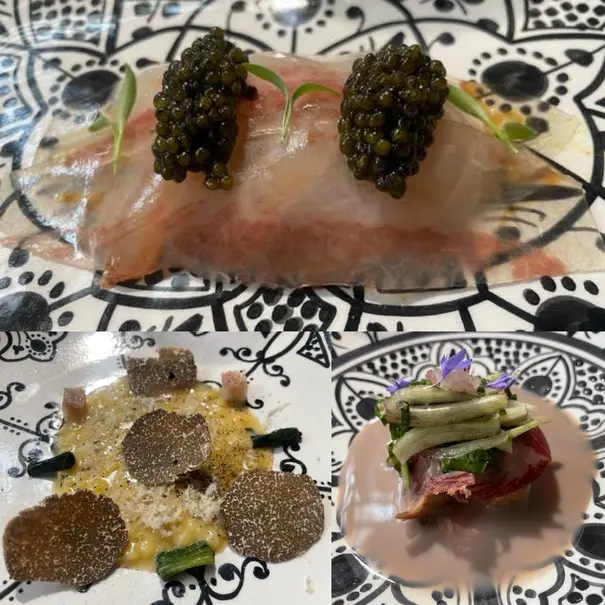
Paco nos confiesa que la gente le pide las retrospectivas. Años perdidos de menus y puestas en escena, recuperados de un tirón en menús recopilatorios. Me sumo. No quiero perderme la oportunidad de conocer de su primera y experta mano la historia gastronómica de una zona que enamora y se queda para siempre en el alma de quien la visita.
Its tasting menus each year focus on a century in Al-Andalus history. 2 Michelin Stars and 3 Repsol Suns.
The heat and the light of Cordoba inundate a June afternoon. It is our first time at Noor. We are overwhelmed with that wonderful feeling that foodies get — like young love. Butterflies in the stomach, hours of fasting, expectation … Crossing the threshold of Noor (@noorrestaurant) means stepping into another culture, another climate, another century. The aroma of saffron and the sound of water welcome you in. Wash your hands. Close the black curtains. It’s a necessary and required first step to dive into the Al-Andalus universe that Paco Morales (@pacomoraleschef) offers in this, its seventh season, centered on the Age of Light (16th century).
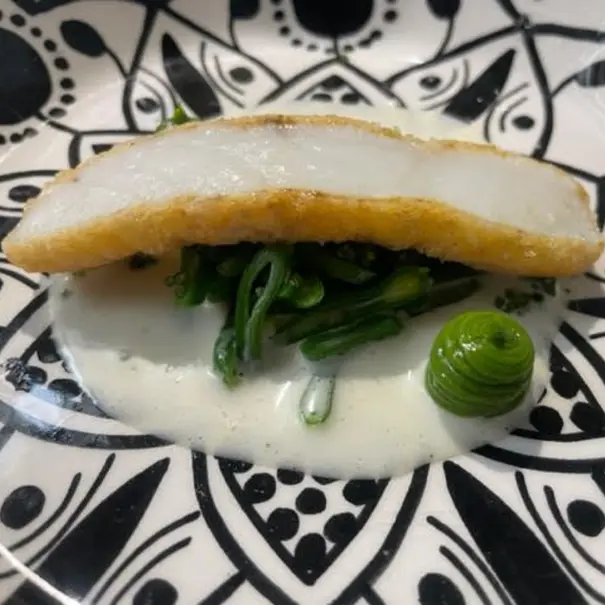
The restaurant overflows with peace and light (which is where it gets its name, Noor). The servers are properly dressed and the geometric and neatly chaotic black and white infuses a dining room where everything bears the mark of culinary history. Copper vases, Islamic seals, and seven years reflecting a gastronomic tradition revisited by Morales and orchestrated by Chef de Cuisine Paola Gualandi (@paola.gualandi_).
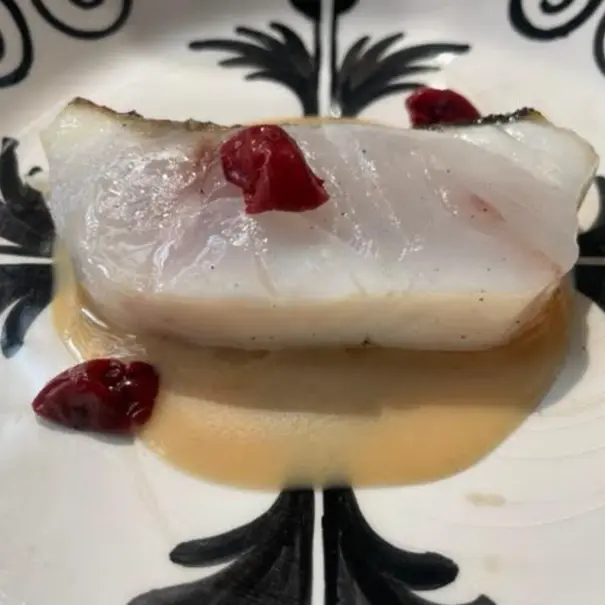
The methodically studied and rhymical procession of the menu begins. Small bites of pumpkin and vanilla, sheep’s milk labneh, and green pepper with shrimp open the meal. They are followed by the red prawn with tender almond (wonderfully delicate dish), the aged beef tartare, and the seasoned tomatoes with mandarin gelee. I’ll pause on the pistachio karim with caviar, green apple, and brown bread. I was impressed by the controlled explosion of creaminess and certainty in the dish.
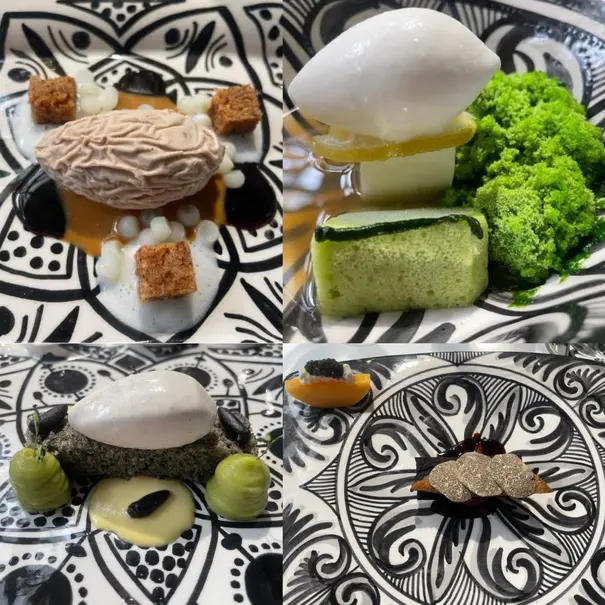
The green karim already made its appearance last year in Noor’s kitchens. This 16th century brings it back and represents new cultural-gastronomic milestones like the first voyage around the world with Magellan and Elcano, and the flourishing of Europe as it emerged from the obscurantism of the Middle Ages and plunged into years of new knowledge and fusion. The menu continues with the durum wheat pasta with eel, lemon, and truffle and the magnificent turbot in the Moorish style, a spectacularly spiced batter with Moroccan touches and the aroma of rose escabeche.
The journey ends with a splendid wild sea bass with cherries and roasted squab with a crust of carob, sage, and truffle that we loved. It was a wonderful finish to the savory portion, leading into a dessert portion that was an absolute achievement in freshness, citric notes, and much restraint in terms of sweetness. We enjoyed the Peruvian lime with mint sponge cake, the date with saffron water and jasmine (my favorite), and the huitlacoche sponge cake (made from a Mexican fungus) with corn and a mole sauce.
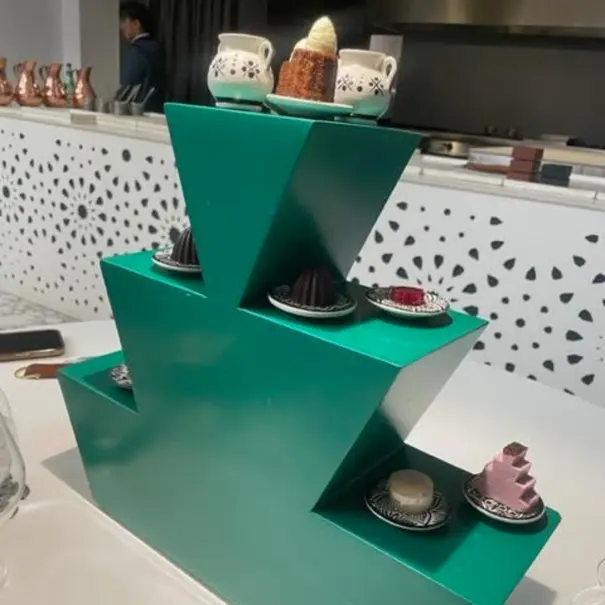
The show ends as it should. With a small folder containing the day’s menu, some souvenir postcards and photographs, and the names of everyone who participated in the dance — both in the dining room and in the kitchen — and including every single staff member who helps make the journey such a singular memory.
Paco admits to us that people are asking him for retrospectives: lost years of menus and platings, brought back in one fell swoop in a compilation menu. I agree. I don’t want to miss the opportunity to learn first-hand from his expertise on the gastronomic history of a region that captivates and lives forever in the soul of anyone who visits.

